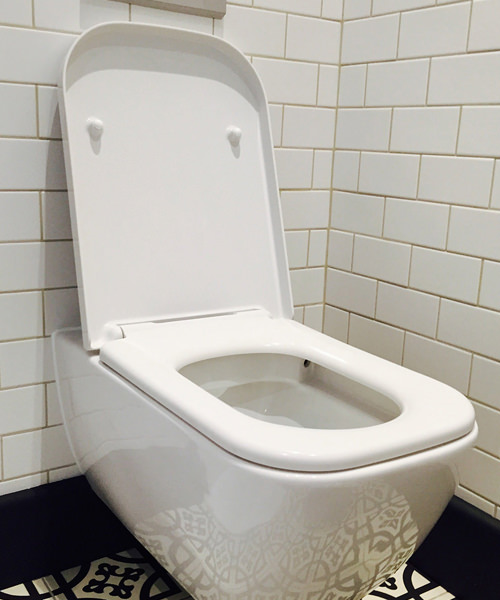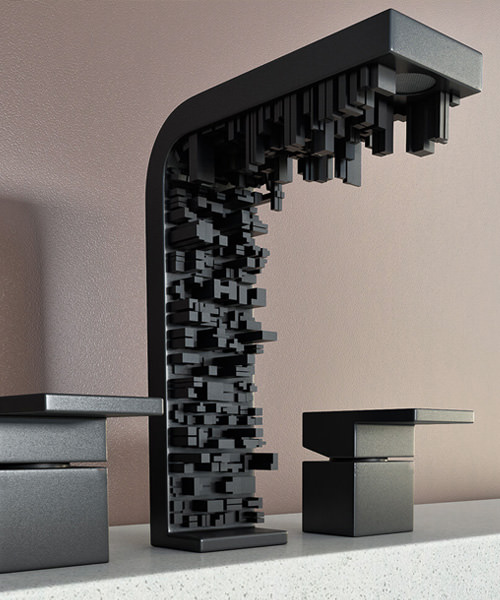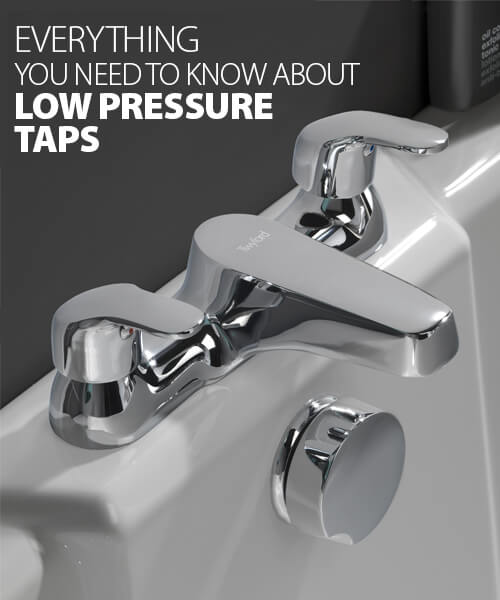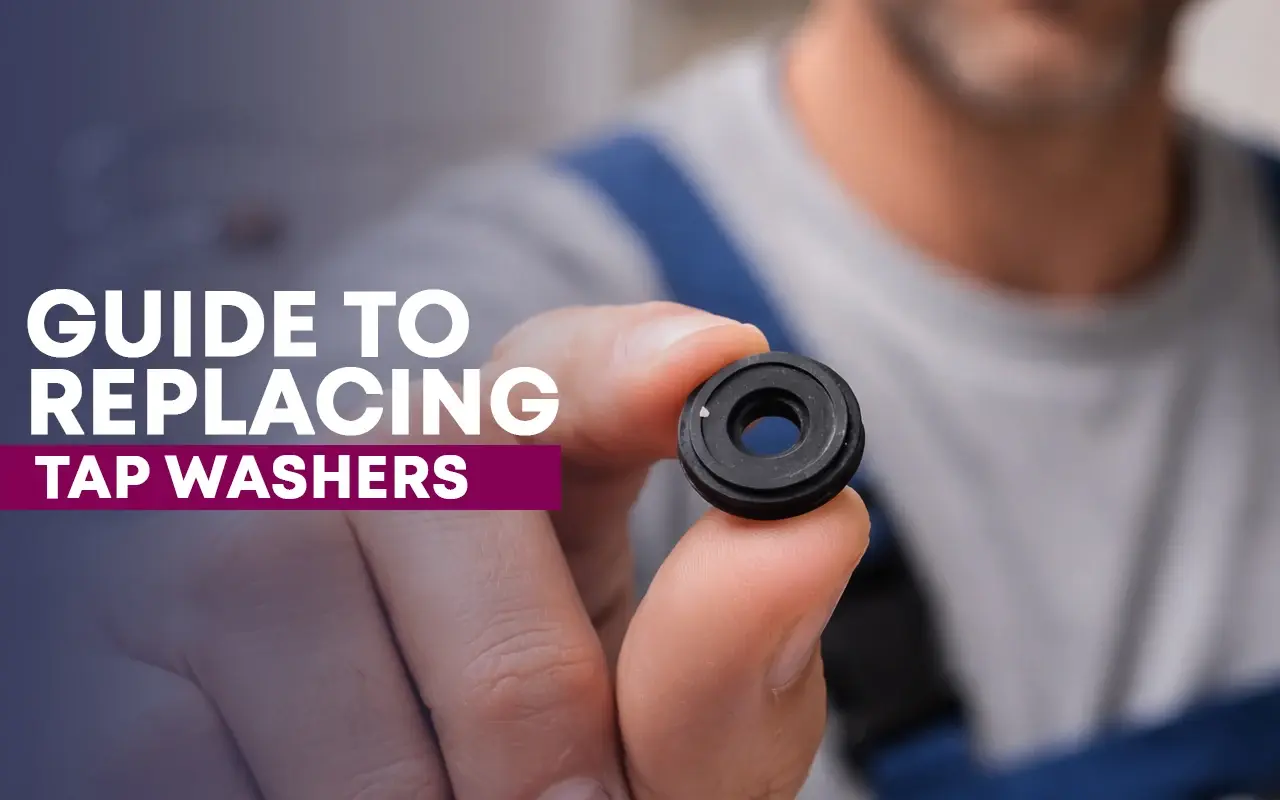
If you’ve got a leaky or dripping tap on your hands, then the chances are you’ll need to replace the washer. That’s not difficult, but you do need to know what you’re doing. So, what does changing a tap washer entail? We’re so glad you asked!
What Are Tap Washers?
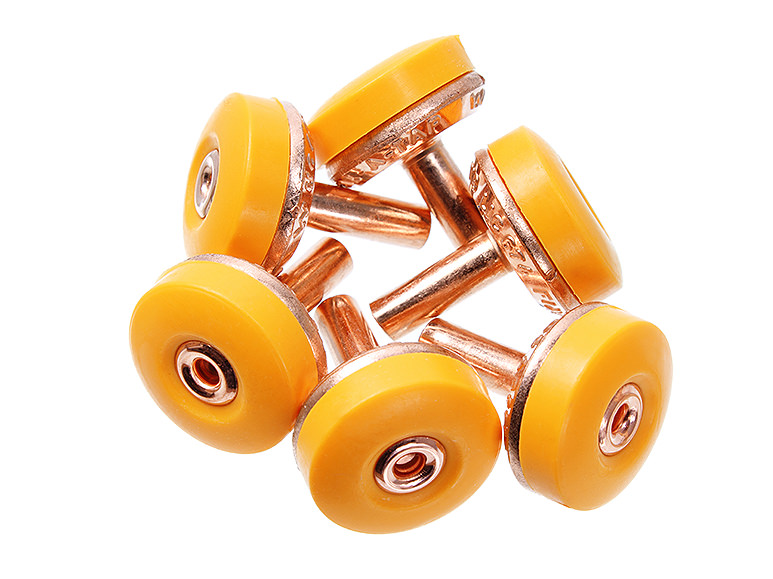
The broadest definition of a washer, as it applies to all hardware, are thin plates (usually they are disc-shaped but they can be square) that are used to distribute a threaded fastener (anything that mechanically joins two objects together, like a bolt or a nut) load.
The load is the amount of force that is acting on the fastener, so bringing it down reduces the general wear on the assembly and extends its lifespan. In plumbing, tap washers are small disks fitted to the inside of a tap.
While tap washers do relieve friction and spread load as all washers do, they also create a valve seal when the tap is turned off, ensuring tightness and preventing leakage. Those functions mean that these ingenious little objects can be categorised as gaskets too.
Some experts say that gasket is the correct term, and washer developed as a colloquial word for these tap parts since they look so similar to other hardware washers. In other words, all gaskets are tap washers, but not all washers are gaskets!
2. How Do Tap Washers Work?
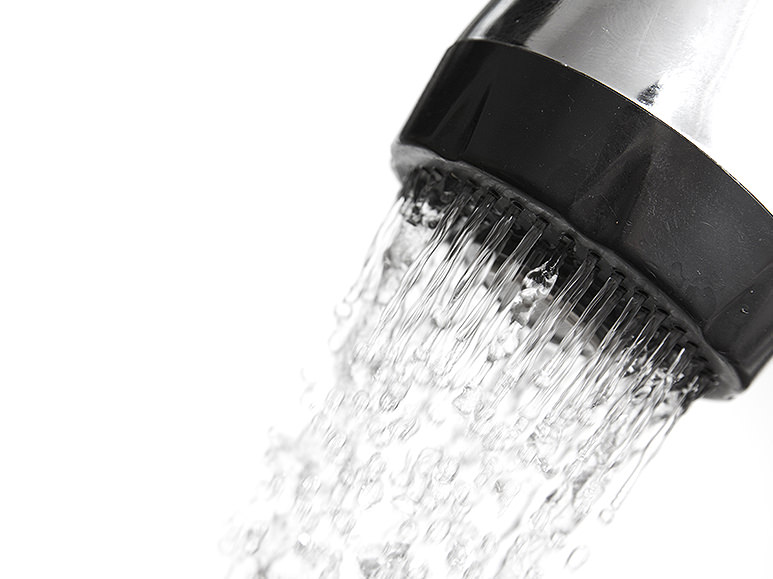
Washers function by creating a physical barrier between the tap’s seat and spout. They also seal off the tap’s spout from the valve by evening out irregular voids between the seat and the valve. When a tap head is turned, a rotating screw forces the washer in the tap’s assembly.
The washer moves up and down when the tap is turned in either direction, turning the taps on when it moves up, and off when it moves down. The upward motion lifts the washer away from the tap seat and opens the flow valve.
When the flow valve opens, the pressurised mains water that is held within the plumbing system passes through the tap spout. As the tap handle turns more, the rotating screw forces the washer further up and opens the flow valve more, allowing for control of the flow volume and speed.
When the rotating screw forces the washer down to turn the tap off the washer itself is compressed. This is a key element to the way washers work; the materials that they are made from are such that they can be squeezed down to form a watertight seal when the tap is closed.
3. Do All Taps Contain Washers?

Interestingly, no, not all taps contain washers. As with almost everything else in building - and the rest of the world - there are different kinds of taps, and most of them are washerless. The types that contain washers are called compression taps.
Compression taps are so-named because of the way the washer is compressed to form a watertight seal, as we described earlier. They’re the oldest and most economical type, while the modern washerless variations that you’ll also see nowadays are:
- Cartridge Taps look very similar to compression taps and have one or two handles with a single water spout. Instead of a washer sealing the tap and stopping the water flow, a hollow cartridge is used. The cartridge itself contains all parts that are vulnerable to wear and tear, so they are what need to be replaced if you see a drip or leak. However, you won’t need to do this as often as you’ll need to put new washers in compression taps.
- Ball Taps were the first type of waterless tap to be developed and are very commonly seen in kitchens. They have a single handle, which moves over and controls a ball-shaped cap directly above the spout’s base.
The ball has slots or chambers and is fitted with spring-loaded rubber seals and rubber O-rings. The ball/lever assembly can, depending on the ball and handle position, control the water flow and mixing temperature.
What Are Tap Washers Made Of?
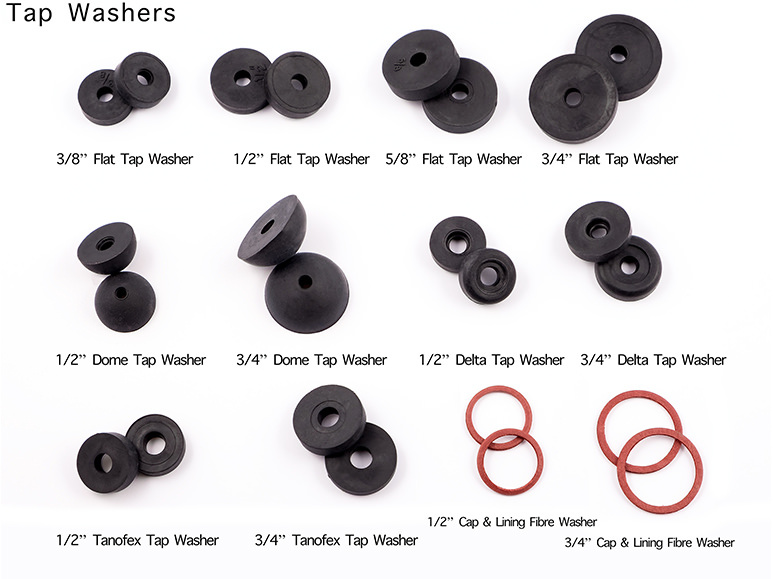
But back to tap washers. As you can tell from our quick diversion into the different types of washerless taps above, compression taps are the least complicated tap variation. Having said that, they’re also the ones that require the most home maintenance.
Tap washers need to be waterproof as well as flexible, and are usually made of nylon, rubber, polythene or fibre. The material means that they’re inevitably going to deteriorate over time and need replacing. Happily, this is a very easy task for even the most novice DIYer.
- Nylon tap washers are a popular option and provide reliable seals on almost any type of tap. They are strong, resistant to the wear and tear that comes from regular use and have naturally low surface friction thanks to their internal lubrication, which also helps to reduce deterioration.
In addition, nylon washers are lightweight and because they are very cheap to manufacture, they’re sold at low prices too. If a tap is used on a daily basis and the washer will be compressed many times over a short period, nylon can be your best bet. These tap washers are also reasonably chemically inert and so won’t react too much to other substances which can be especially helpful if they’re exposed to corrosive environments. And, because they don’t deform over a range of temperatures, they can withstand very hot water.
Finally, because nylon is quite stiff, some professionals prefer to use it with softer metals like brass than on very hard metals. If the washer, the tap seat and the spout are all rigid, they can combine to create excess resistance. The washer will distort and turning the tap will be difficult. - Rubber or polythene tap washers are often used in all kinds of basin, bath and shower mixer taps. They come in a wide selection of sizes to suit various jobs, including 32 mm, 40 mm and 1 inch. They have similar longevity to nylon, although they’re much softer and a lot more pliant overall.
Being less rigid than nylon, rubber is often chosen for taps that are made of very hard materials, or in situations where there is more irregularity between the two surfaces being sealed. However, their malleability means they’re likelier to be distorted and malformed with repeated use.
Exposure to air, water and repeated compressions will make the rubber start to crack, split or crumble. Not only does this cause dripping and leaking, but when water is run through the tap it may contain bits of rubber. They’re not toxic, but it’s not pleasant! - Fibre tap washers are also often called vulcanised fibre washers because they are hardened by being treated with sulphur at high temperatures. They have the unique property among washers of expanding when they are wet.
As you can imagine, expansion on exposure to water makes fibre tap washers very effective tap sealants. In addition, the fibre versions are usually easier to compress than their nylon or rubber counterparts so they’re less at risk from damage due to over-tightening.
Their longevity and effectiveness make vulcanised fibre washers the first choice of many plumbers for a wide range of jobs. The taps might require slightly more force or turns to shut off, and eventually the material will start to rot away or break down
How Do Ceramic Tap Washers Work?
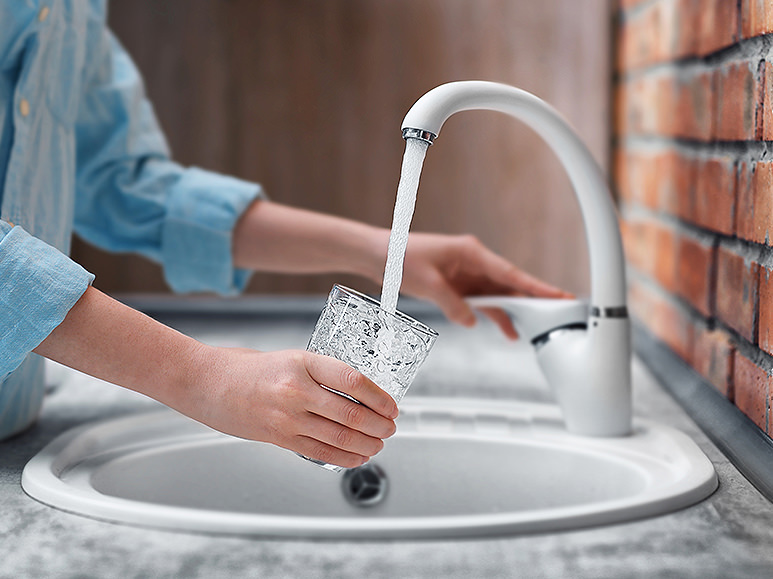
Besides nylon, rubber and fibre, tap washers can also be made of fire-hardened ceramics. They’re the most recent developments in what you might call tap technology, and the assembly consists of two discs. One remains stationary, while the other moves up and down and from side to side.
Ceramic assemblies are very commonly found on monobloc, or mixer taps, as well as so-called quarter-turn taps. The operating mechanism requires just a quarter of a single handle turn to start and stop the water flow, so they’re a lot easier to use for anyone with dexterity issues.
Both discs sit inside a cartridge, and in the rare cases that you do need to make a replacement you’ll be switching out the entire cartridge rather than just the discs. The discs are aligned when the tap is in the on position, so water can pass through both and then through the spout.
When the tap is moved to the off position, the slots are no longer aligned, and the water flow is blocked. The up-and-down motion controls the volume of the water, while the side-to-side sweeps control the proportion of hot and cold water so users can adjust the temperature.
Besides being so easy to move and control, ceramic disc assemblies have the advantage of being the most hardy and durable of all tap options. The fire-hardened material is tough and erosion-resistant, and operating the taps creates very little friction.
Ceramic vs Standard Tap Washers
- Ceramic assemblies work with balancing of the two discs rather than with the compression of the washer to form a seal. For that reason, taps using ceramic fittings can’t be called compression taps as those fitted with other washers can be.
- Ceramic discs last a lot longer than standard compression tap washers but they are also more expensive to buy in the first place.
- Ceramic taps are much easier to turn on and off, making them ideal for small children, the elderly, or anyone with limited hand function.
- The intensity of the water flow is more predictable in compression taps.
- Since you don’t turn the tap nearly as much in a ceramic assembly, the overall wearing on the other parts (such as the seat and the spout) is far less.
How to Replace Standard Tap Washers
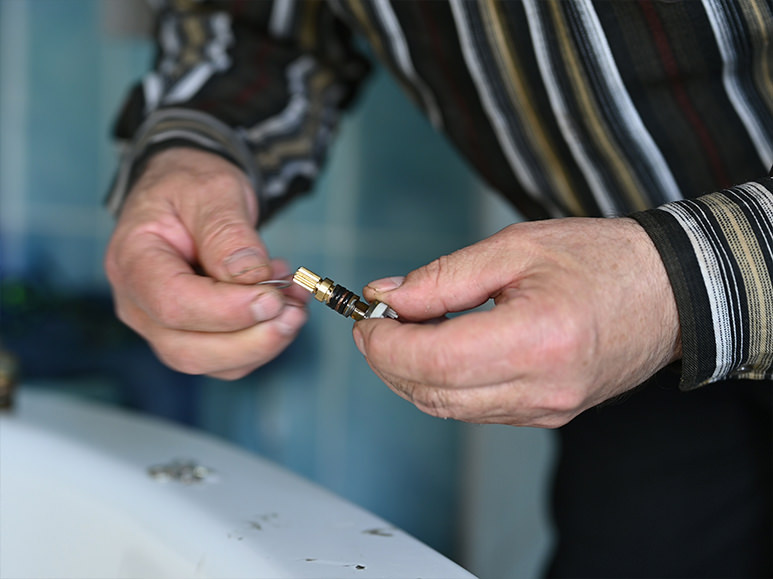
Age-related wear and tear (physical stress and degradation), along with water erosion, will ultimately create surface irregularities on a washer that means it can no longer seal the tap effectively. At some point, the washer and possibly other moving parts of any tap assembly will need to be replaced.
- 1. Choose Your Tap Washer Material
If you’re going to be fitting a standard tap washer, rather than a ceramic, you need to choose the material you’re going to use. This decision is based on several factors, including what is available, and what the tap will be used for.
For example, vulcanised fibre washers are long-lasting and very effective, but they can require a little more force to open and close. They could be a great option for a busy household, but perhaps not for a retirement village where the residents are not as strong as they once were. - 2. Make Sure You’ve Assembled all the Tools You Need
Your toolbox should have a few sets of pliers, slot and crosshead screwdrivers, some penetrating oil, a wrench and spanners of various sizes, or one adjustable spanner. Having some rags to hand in case of unexpected spills is also a good idea.
Lastly, of course, you’ll also need a new washer! If you know the size or can measure it before buying another one, buy a few so you have some spares in case of mishaps in the right dimensions. Otherwise, get a kit with a variety of sizes. - 3. Block off the Plug Hole or Drain
Blocking the hole will prevent any small components or fasteners getting lost by literally going down the drain. Placing an old towel in the sink or bath or on the shower floor is not a bad idea either. This will prevent damaging the surface if you happen to drop anything. - 4. Shut off the Water Supply Before Disassembly
Look under the tap for an isolation valve to turn off the specific water supply, and if you can’t see one, switch off the water mains. Either way, open the tap to drain any water left in the pipes. If you’re working on a hot water tap, you’ll need to shut off the immersion heater and boiler too. - 5. Remove the Cover from the Tap
Use your screwdriver to loosen and then remove the tap cover from the rest of the assembly. This exposes the valve, which you then need to remove with a spanner. If the valve is stiff you can hold it in place with a wrench, taking care to use a cloth to protect the tap first. - 6. Remove the Compression Tap Washer Itself
You’ll find the washer directly under the valve where it will be held in place with either a nut or a screw. Use your spanner and pliers to remove the washer too or, if this is too difficult, put penetrating oils around it. Leave the washer to soak for a while before trying again.
If the valve is worn, the new washer won’t seal effectively. If this is the case, you need to remove and replace the valve too. Unscrew it with the aid of a spanner if necessary and use it as a visual aid to make sure you buy a new one of the same size, either online or at a land-based location. - 7. Confirm the Washer and Valve Size, and Replace the Old Parts with the New
Visually check that the new washer is the same size as the old one and fit it into place. If you’re replacing the valve, repeat the process. You’ll need to tighten it as much as possible, keeping cloths over the shiny surfaces of the tap as you turn the nuts using your wrench. - 8. Put the Tap Back Together Again
Reassemble the tap in the reverse order that you used to take it apart; put the bonnet back first, followed by the skirt, the handle and finally the button. Give it a few turns to make sure that it’s moving well. - 9. Don’t Forget to Clear Up
Remove your old towel, take out whatever you used to block the plug or drain hole, wipe away any marks, and turn the water back on. That’s it! Enjoy clean, free flowing water and pat yourself on the back for a job well done.
Here is also a video guide to replace tap washers

How to Replace Ceramic Disc Cartridges
Replacing a ceramic disc cartridge works in much the same way as replacing a rubber, nylon or fibre washer does. Follow the steps above, removing and replacing the cartridge rather than the washer from the valve in Steps 6 and 7 respectively.
How Long Do Tap Washers Last?
Ceramic tap washers can last years, but other types can last for as little as twelve months depending on how frequently they’re used. Rubber tends to degrade faster than nylon and vulcanised fibre, and hot water tap washers deform more quickly than their cold water counterparts.
Since they’re a household item that needs to be replaced on a pretty regular basis it’s just as well that compression tap washers are so affordable and so simple to change out. Some people make it a habit to fit new washers at the same time every year, pre-emptying any leaks that might be brewing.
How Much Do Tap Washers Cost?
Remember when we said earlier that compression taps are the most cost-effective tap option on the market? We weren’t joking! You can find all the tap washers that you need at QS Supplies, either on our comprehensive website or at our land-based warehouse.
Our individual compression tap washers are priced at less than £2 each, and our sets come in at less than £8. If you need help with repairing a ceramic tap assembly, don’t hesitate to ask our friendly experts for advice.


